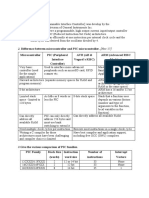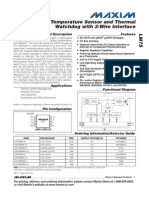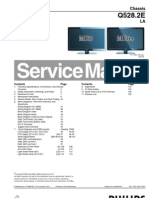0% found this document useful (0 votes)
13 views21 pagesMicro Controller Based System Desgin Answers
The document discusses various aspects of PIC and ARM microcontrollers, including the differences between RAM and ROM, addressing modes, coprocessors, interrupts, memory types, and communication protocols. It also covers the architecture of PIC microcontrollers, the role of EEPROM, the Thumb instruction set, and error detection using Hamming code. Additionally, it highlights applications of these microcontrollers in fields such as automation, robotics, and data acquisition systems.
Uploaded by
design.wataniaCopyright
© © All Rights Reserved
We take content rights seriously. If you suspect this is your content, claim it here.
Available Formats
Download as PDF, TXT or read online on Scribd
0% found this document useful (0 votes)
13 views21 pagesMicro Controller Based System Desgin Answers
The document discusses various aspects of PIC and ARM microcontrollers, including the differences between RAM and ROM, addressing modes, coprocessors, interrupts, memory types, and communication protocols. It also covers the architecture of PIC microcontrollers, the role of EEPROM, the Thumb instruction set, and error detection using Hamming code. Additionally, it highlights applications of these microcontrollers in fields such as automation, robotics, and data acquisition systems.
Uploaded by
design.wataniaCopyright
© © All Rights Reserved
We take content rights seriously. If you suspect this is your content, claim it here.
Available Formats
Download as PDF, TXT or read online on Scribd
/ 21























































































